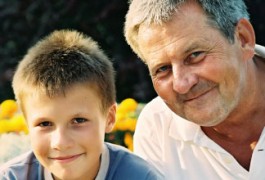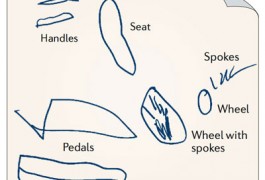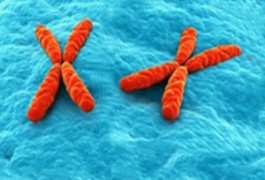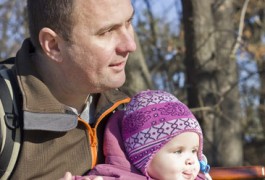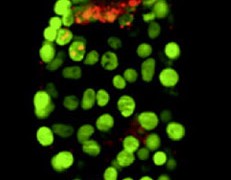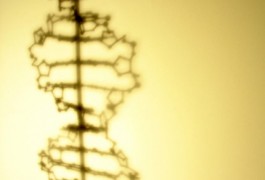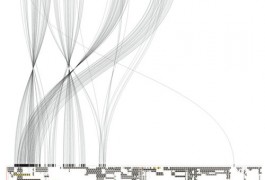Old mice may pass on ‘epimutations’ to offspring
The sperm of old mice has an unusual epigenome, the profile of chemical modifications to the underlying DNA code, according to a poster presented Saturday at the 2012 Society for Neuroscience annual meeting in New Orleans. The findings suggest an explanation for the so-called paternal age effect in autism.
